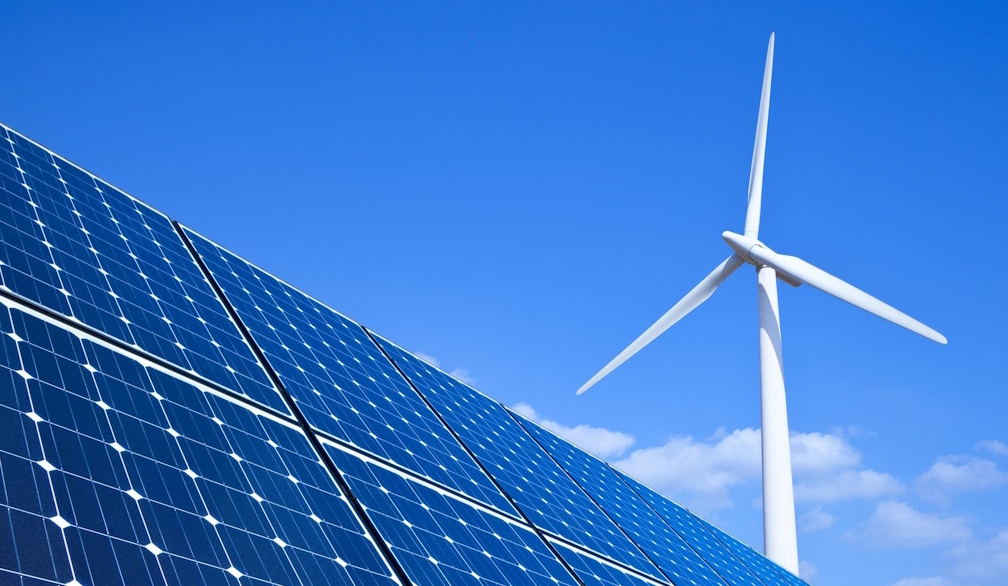Top Energy-Saving Strategies for Businesses: Cut Costs and Reduce Your Carbon Footprint

As the global community continues to experience the increasing impacts of climate change, businesses are coming under significant pressure not just from soaring energy costs but from a mandate to reduce their carbon footprints. Developing an effective energy-saving strategy has thus become imperative. It offers an opportunity to notch up considerable cost savings, improve a company's sustainability credentials, and buffer it from fluctuating energy prices. This article will delve into diverse strategies that businesses can adopt in a bid to optimize energy use, cut costs, and contribute to a more sustainable future.
Conduct a Thorough Energy Audit
A good starting point in forming an effective energy-saving strategy is conducting a thorough energy audit. This consists of an objective, systematic process for establishing energy use patterns within a business, identifying areas where energy is being wasted, and recommending ways to improve. While a quick walk-through visual assessment can eyeball obvious energy wastage, it might not surface deeper issues.
In contrast, a detailed energy audit will delve more comprehensively into the business's energy use. Comprising careful review of utility bills and analysis of energy consumption patterns, these audits can pinpoint specific areas in equipment, systems, or processes where improvements can be made to enhance energy efficiency. Infrared audits use sophisticated infrared imaging to detect air leaks, insulation defects, and thermal bridging, helping businesses rectify these hidden energy drains.
It's advisable to engage reliable, experienced, and certified auditors for a thorough inspection. Look out for a history of practical energy-saving results in their past audits, and make sure they explain the audit's findings clearly and comprehensively, alongside offering practical, cost-effective energy conservation measures.
Implement Energy-Efficient Lighting Solutions
Lighting systems remain a major consumer of energy in businesses. Comprising as much as 35% of a facility's electricity use, switching your traditional incandescent or high-intensity discharge lights to energy-efficient alternatives like LED lighting can provide significant savings. In addition to being about 80% more efficient, LED lights last up to 25 times longer, thus providing longer-term savings.
Consider adding motion or occupancy sensors that can further optimise lighting efficiency. They ensure lights are only used when necessary, decreasing energy usage. By adjusting artificial light based on the available natural light, daylight harvesting systems can further optimise lighting consumption and improve workplace lighting quality.
Transitioning to energy-efficient lighting involves more than just bulb replacement. Often, fixtures have to be retrofitted or replaced to support the new technology. Undertaking regular maintenance, ensuring that fixtures are kept clean, and the timely replacement of failed lamps can keep your lighting systems at peak performance.
Optimise HVAC Systems
HVAC systems contribute significantly to a company's energy bill, taking up to 40% of a building's electricity use in Australia. Regular HVAC system maintenance, checks for leaks, servicing, and replacement of old equipment are fundamental in making sure HVAC systems function efficiently and don't consume more energy than necessary.
Modern, energy-efficient HVAC system upgrades, which can include programmable thermostats and zoning systems, can dramatically trim energy consumption. These technologies can provide precise control and management of indoor temperatures, making it possible to cut down on unnecessary heating or cooling when areas of the facility are not occupied.
Improving the building's insulation and ensuring air leaks are sealed can also add to the HVAC system's overall energy efficiency. Upgrading insulation on the roof, wall and floor, along with window treatments to reduce heat ingress and egress, can passively optimise indoor temperatures. Similarly, simple measures such as weather stripping or sealing gaps, cracks etc that might have developed over time improve insulation effectiveness and prevent energy waste.
Reducing HVAC usage during off-peak hours, such as closing off parts of the building during holidays, or adjusting set points for non-business hours, also notably reduces energy consumption.
Reduce Energy Consumption in Office Equipment
Office equipment like computers, printers, and copiers consume more energy than one might assume. Switching off devices completely at the end of the day will always better than leaving them idle in standby or sleep mode. Energy-saving features - like low-power modes for periods of inactivity and automatic power down features - can be enabled in your existing equipment to reduce energy consumption.
Energy-efficient office equipment is a worthwhile investment. Look for devices with Energy Star certifications, indicating they meet certain strict energy-efficiency guidelines. Ensure that older equipment is retired and replaced - not only does new equipment tend to be more efficient, but older equipment, when left idle, can contribute substantially to energy use.
Smart power strips monitor activity and automatically shut off power to plugs that are not in use for a significant period, helping to eliminate phantom loads and conserve energy.
Implement Renewable Energy Solutions
Investing in renewable energy is an effective way to reduce commercial energy costs while shrinking the company's carbon footprint. On-site generation of renewable energy from wind or solar helps businesses become more self-reliant and insulated from future energy price fluctuations.
Solar energy, with the dropping cost of solar panels, offers a popular choice for renewable energy. Wind and geothermal energy, while typically requiring greater upfront investment, can provide virtually unlimited energy with little upkeep costs.
Alternatively, it's possible to purchase renewable energy credits from third parties, providing businesses with a means to offset their non-renewable energy consumption. The selection of a renewable energy solution requires careful consideration of various factors, including initial investment cost and rate of return, availability of space for installation, local regulations, and climatic conditions.
Transitioning to renewable energy methods rewards businesses with lower operating costs over the long term, improves their sustainability, and demonstrates their commitment to environmental responsibility to customers, employees, and stakeholders.
Conclusion
Curtailing energy costs and reducing environmental impact are achievable through the proper application of these strategies. From auditing energy usage, improving lighting efficiency, optimising HVAC systems, and managing office equipment to exploring renewable energy solutions - the opportunities are plentiful.
Importantly, there needs to be a solid commitment to continuous improvement and regular monitoring of energy use for ongoing benefits. Businesses proactively implementing these energy-saving strategies not only improve their bottom lines, but also significantly contribute to a more sustainable future.
While on the surface, reducing energy use might appear challenging, it is clear that with strategic steps, it's within every business's capability to contribute both economically and ecologically to a more sustainable world.









